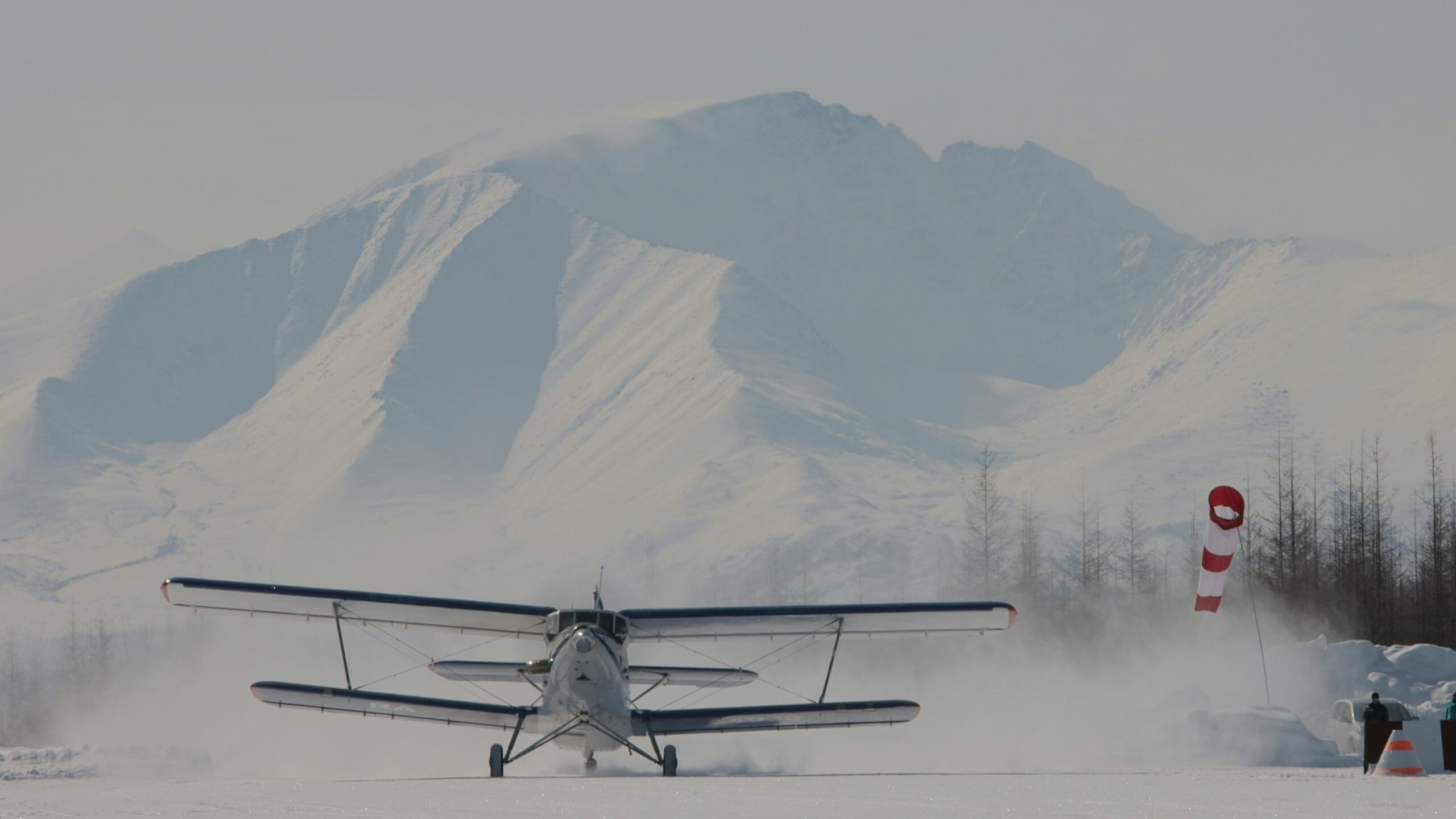
1. From Cockpits to Crags: The Surprising Connection
At first glance, flying an aircraft and climbing a glacier might seem worlds apart. One takes place thousands of feet above the ground, while the other requires digging crampons into frozen terrain. But ask any seasoned flight instructor who’s spent time in both the cockpit and the mountains, and you’ll hear the same truth: the mindset, discipline, and decision-making that define great pilots also make for exceptional mountaineers. Whether it’s managing risk, reading subtle environmental cues, or teaching others how to stay calm under pressure, the skills honed in the air translate powerfully to life on the ice.
2. Precision in Chaos: Reading the Environment
A pilot learns early on that precision isn’t optional—it’s survival. Every small control input matters, every checklist item counts. The same principle applies when navigating unpredictable mountain conditions. Weather patterns shift quickly, just as turbulence can surprise a flight midair. A flight instructor’s ability to interpret environmental data—wind direction, barometric changes, temperature drops—becomes an invaluable asset when assessing avalanche risk or choosing a safe route across a glacier.
In both arenas, observation is everything. Pilots scan skies; climbers scan slopes. A thin cloud layer or a subtle shine on ice can tell a story about what’s coming. It’s about connecting clues, not reacting blindly. That instinct—to read, anticipate, and adjust—is what keeps both flyers and climbers alive.
3. Teaching Calm Under Pressure
If you’ve ever trained new pilots, you know the art of composure. Students make mistakes, panic, and sometimes freeze when faced with the unexpected. A good instructor doesn’t just correct—they steady the ship. On a mountain, this teaching instinct proves priceless.
Imagine guiding a group of beginners across a frozen ridge as a storm brews. Fear spreads fast, and one person’s hesitation can ripple through the team. An instructor trained in crisis communication knows how to redirect that fear into focus. Instead of shouting orders, they speak clearly, maintain eye contact, and project calm confidence. Just like in flight instruction, the tone of voice can be the difference between chaos and control.
4. Checklists Save Lives—On Ice Too
Pilots swear by checklists for a reason: they prevent human error when stress and adrenaline threaten to take over. Before takeoff, landing, or even simple maneuvers, a structured routine ensures nothing critical is missed. The mountain world has its version of this discipline.
Before stepping onto ice, seasoned climbers run through mental and physical checks—gear integrity, rope systems, weather windows, hydration levels. Flight instructors transitioning into mountaineering often bring this structured mindset with them, turning complex preparation into second nature. The result? Fewer oversights, smoother teamwork, and a safer experience overall.
One former flight instructor described it best: “In flying, a missed switch can ruin your day. On a glacier, a missed knot can end your life. Either way, the checklist keeps you honest.”
5. The Art of Judgment and Go/No-Go Decisions
Every pilot knows the weight of a go/no-go decision—the critical call of whether to take off or stand down. That same mental calculus defines good mountain judgment. When conditions look questionable, adrenaline often whispers, “Just go.” However, flight instructors, trained to respect limits, recognize that discipline is braver than recklessness.
In mountaineering, this translates to knowing when to turn back even after hours of climbing. The summit may be close, but if clouds are rolling in or fatigue sets in, the wise call is often retreat. Pilots understand that safety isn’t about conquering the sky—it’s about coming home. On ice, the same truth holds: reaching base camp alive is the real victory.
6. Communication That Cuts Through the Wind
Effective communication is one of a flight instructor’s most powerful tools. In aviation, clarity saves lives. A misheard instruction can spiral into disaster. The same principle applies in high-altitude environments, where howling winds, face coverings, and fatigue can distort voices and intentions.
Instructors accustomed to radio brevity—short, clear, structured speech—naturally adapt that skill to mountain teamwork. They use hand signals, concise calls, and confirmation responses. Everyone knows what’s happening and why. It’s not just about talking—it’s about being heard, understood, and trusted.
This communication precision builds team cohesion. Whether flying through clouds or roping up on ice, trust forms when every member knows their leader won’t leave them guessing.
7. The Discipline of Continuous Learning
A great flight instructor never stops learning. Regulations evolve, technology advances, and there’s always a new emergency scenario to simulate. The same hunger for improvement drives success in the mountains.
Those with flight backgrounds often bring a structured approach to self-improvement—analyzing mistakes, reviewing data, and seeking mentorship. After a climb, they debrief the same way pilots do after a flight: What went well? What didn’t? What will we do differently next time? This reflective habit transforms dangerous adventures into lifelong learning.
It’s also what makes flight instructors-turned-mountaineers natural mentors. They understand that teaching isn’t about showing perfection—it’s about modeling growth, resilience, and humility in the face of nature’s lessons.
8. Where the Sky Meets the Summit
There’s a moment familiar to both aviators and alpinists: standing still in silence, looking out over a horizon that stretches forever. For pilots, it’s the view from above the clouds. For climbers, it’s the panorama from a snow-covered peak. Both experiences humble the human spirit and celebrate discipline, curiosity, and courage.
The beauty of being an “instructor on ice” is realizing that teaching is not confined to classrooms or cockpits. The same lessons that help a nervous student pilot handle turbulence can guide a rookie climber through icy uncertainty. It’s about nurturing confidence, fostering teamwork, and respecting forces bigger than ourselves.
In the end, flight and mountain instruction share a single heartbeat: teaching people to dance safely with risk while marveling at the world from rare and beautiful vantage points. Whether it’s the hum of an engine or the crunch of crampons, the essence remains the same—control the controllable, respect the uncontrollable, and always keep your eyes on the horizon.